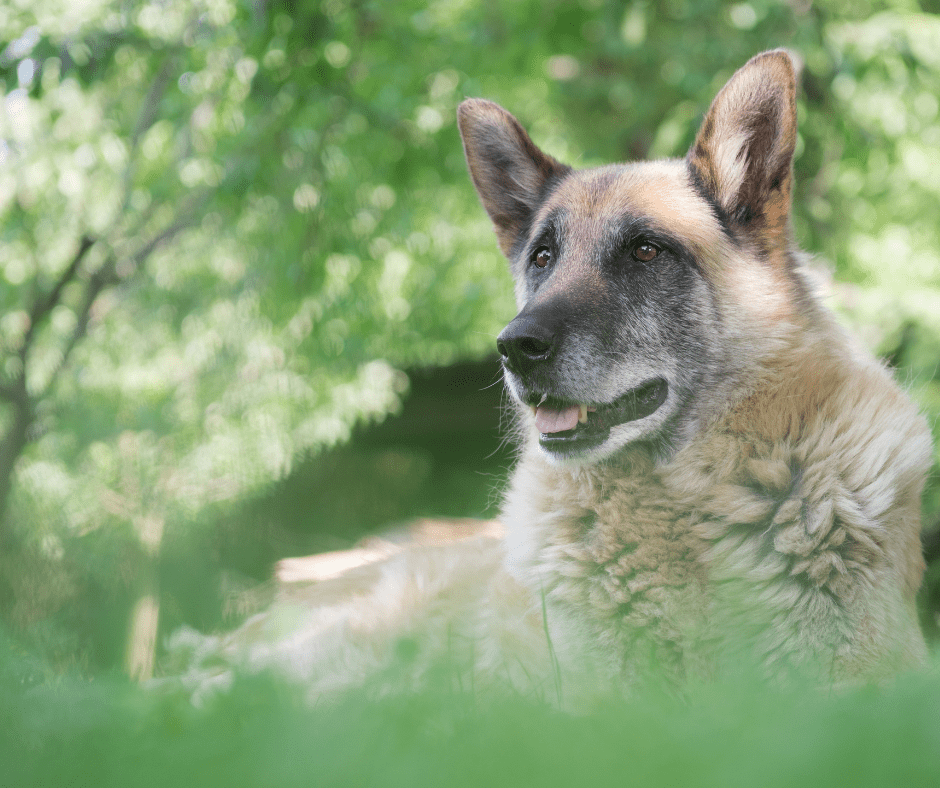Bone & joint problems are unfortunately common in dogs as they grow older, especially those that were not bred by respected and capable breeders. For some dogs these issues are only a minor nuisance. For others, however, these problems can get to the point where, over time, they become nearly incapable of performing any type of physical activity.
Be on the lookout for the signs and symptoms of bone and joint disease, especially as your puppy grows. Early life is the most vulnerable period for bone disease emergence in dogs. Often, large breed dogs will develop a bone condition before they turn two years old. Here are some of the signs to watch for that might indicate a bone disease:
Limping: Limping is always a sign something is wrong. A dog might limp after a minor or major injury. In some cases, limping indicates a bone disease, especially if it’s persistent.
Mouth discomfort: Some bone disorders affect the jaw, which leads to mouth discomfort. A dog with this type of bone disease might be reluctant to eat, causing weight loss or fever.
Swelling: Many different bone conditions result in swelling of the affected area. If you notice swelling somewhere on your dog’s body, you might want to schedule a veterinary appointment.
Lack of coordination: A dog with a bone disorder might be off-balance or otherwise uncoordinated.
Inability or reluctance to walk: Lameness is a common symptom in dogs with bone diseases. If your dog seems unable or unwilling to walk, it might have a bone disease.
Whimpering: No one likes to hear their beloved dog whimpering! Whimpering can be a sign that your dog is in significant pain. If your dog tends to whimper or express pain during certain movements or activities, a bone disease could be the culprit.
If you notice any of these symptoms, bring your dog in to see our team. These signs could indicate a bone disease — however, even if a bone disease is not present, these symptoms require medical attention.
Breed Predispositions
Certain breeds are more at risk for bone and joint disease. Here are the top ten breeds of dogs that are most susceptible to bone and joint problems:
- German shepherds
- Golden retrievers
- Labrador retrievers
- Dachsunds
- Newfoundlands
- Bernards
- Rottweilers
- Great Danes
- Mastiffs
- Old English Sheep Dogs
How to Prevent Bone Disease in Dogs
You can take steps to reduce the risk factors of bone disease in dogs and keep your furry family members healthy. Here are a few things you can do to protect your dog from a bone disease:
- Maintain a proper diet: A proper, nutritious diet can help a puppy grow into a healthy dog. While genetics play a role, proper nutrition is also essential for a puppy’s development. Make sure you choose pet food designed to meet all of your dog’s nutritional needs.
- Provide supplements: Nutritional supplements can help encourage healthy growth. Be sure to speak with a veterinarian before putting your dog on a vitamin supplement plan.
- Treat injuries right away: If your dog sustains an injury, prompt treatment is crucial. Poorly healed injuries can become bone disorders down the line.
- Provide exercise: Adequate exercise also encourages growth and helps your dog maintain a healthy weight. Excess weight can strain your dog’s bones and joints. Exercise also increases blood flow, which can help an animal recover from injury.
- Spay/Neuter after reaching maturity is helpful in some of the larger breeds
Let us know if we can answer any questions or concerns!
